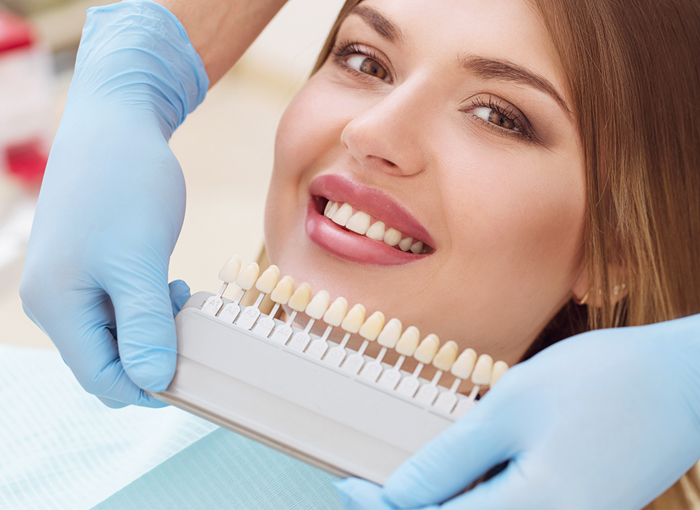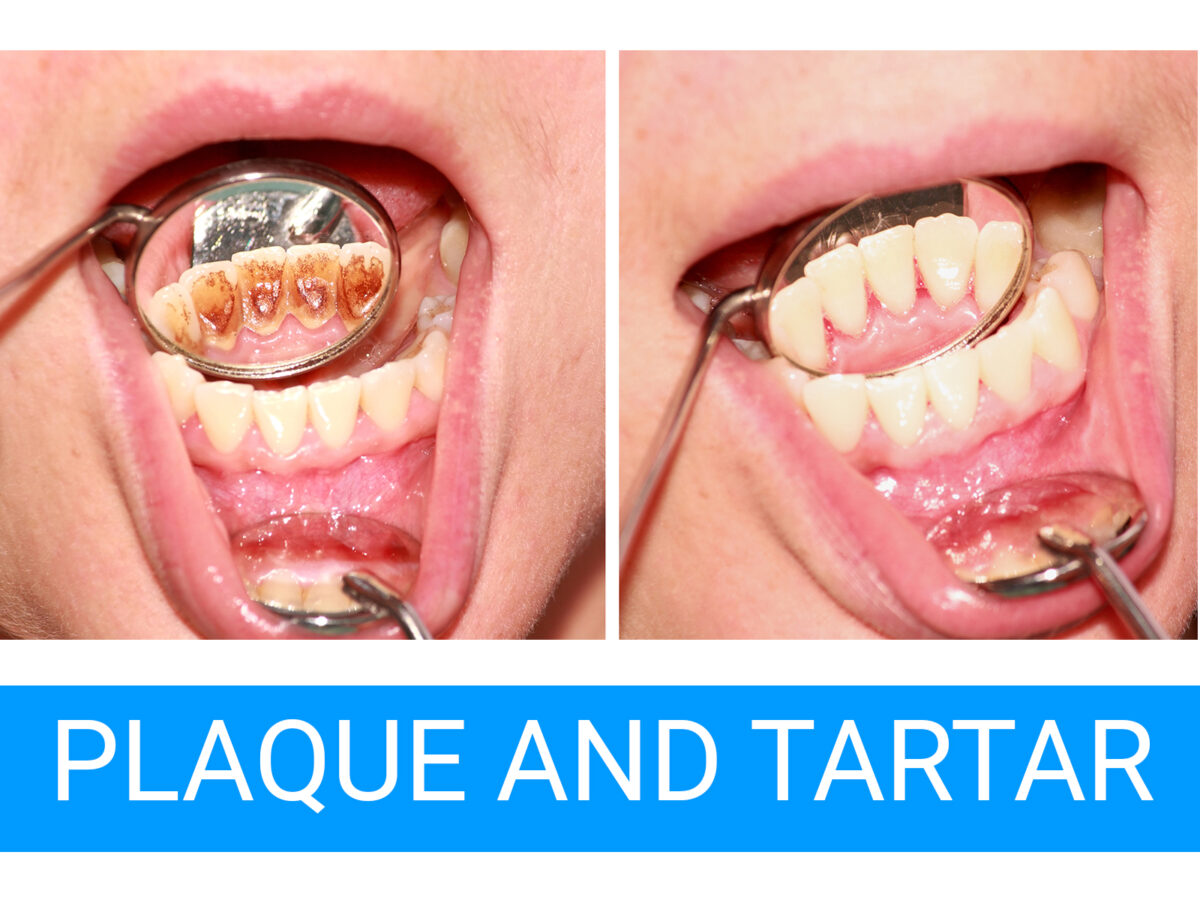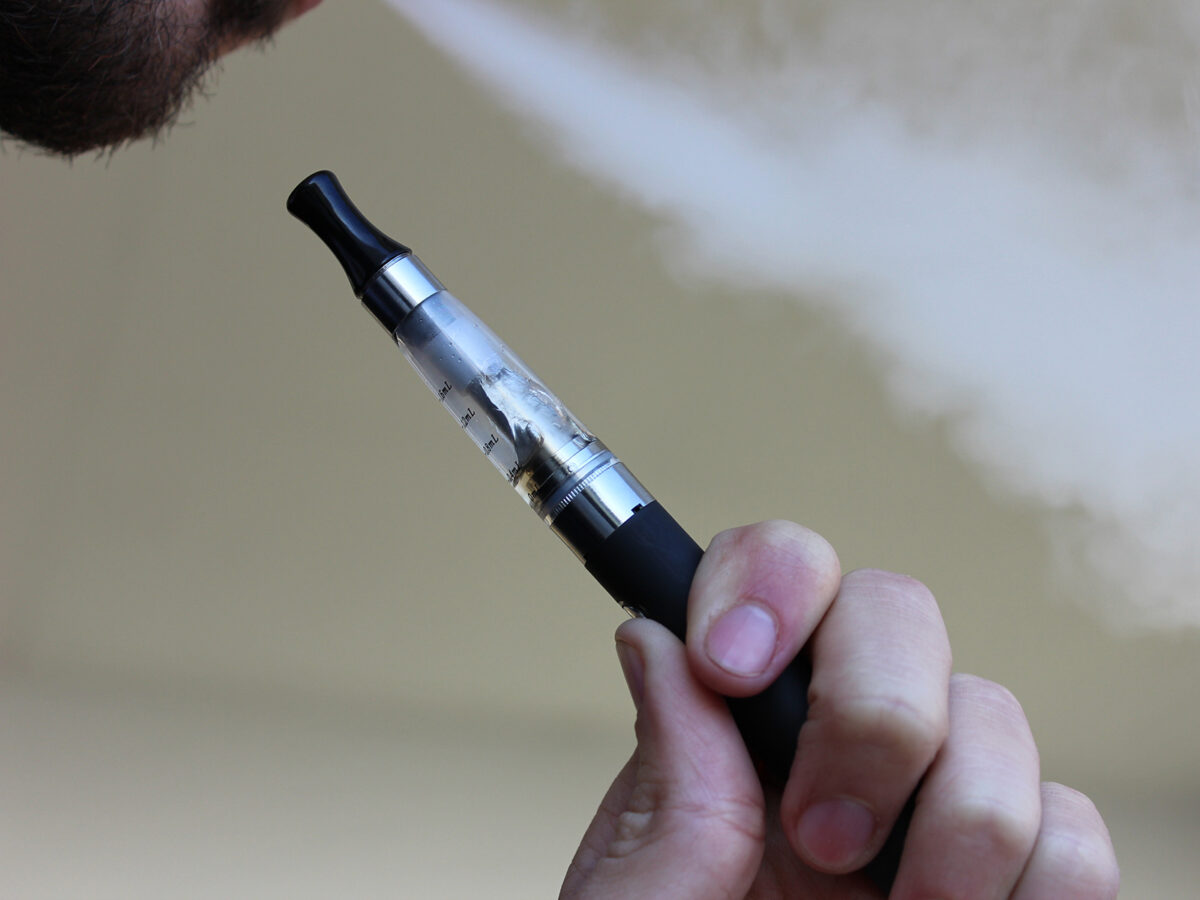Many of us, at times, dwell on the arbitrary notions of beauty and begin to probe at our physical features. This potentially dangerous journey of interrogation can have several entry points; for some, it may be the skin; for others, it may be the eyes, and for the rest, it may be their smile. As per hearsay, a dazzling smile with a set of perfect teeth is the best accessory. But, unfortunately, not everyone is ‘divinely ordained’ with such flawlessness, especially in terms of dental aesthetics. The contemporary airbrushed media bombards us with images of celebrities and influencers who possess an immaculate and almost ethereal sense of beauty. Their smile is worth a million dollars, and their pin-straight teeth are worth even more, literally. The perfection fed to us is often backed by a dental intervention that has an exorbitant price. Some professional treatments may be worth more than the yearly salary of an average American worker.
Nonetheless, it is imperative to rise above such glossy presentations and pinch ourselves for reality. Imperfection is the norm, and many of us have malformed teeth, misaligned or discolored. Nonetheless, a typical issue that affects dental aesthetics is big front teeth. Let us try to dig deeper and find out why the front two teeth of some people are disproportionately large.
The reasons why you may have disproportionately large front teeth
If a person has teeth that are more than two standard deviations more prominent than the average for their age and gender, they are known to suffer from a condition called macrodontia. Approximately 1.9 percent of people, globally, deal with macrodontia. The typical and visible sign that a person has macrodontia is two front teeth that are disproportionately large. At times, the two teeth grow together, forming an extra-large tooth.
- Although, no definitive causes of macrodontia have yet been discovered. Statistical evidence shows that people with macrodontia have abnormally large pituitary glands, and they also experience magnification of other features on one side of their face. Furthermore, it is seen that males and Asians are more likely to suffer from the problem.
- There is no single causative factor of macrodontia. On the contrary, several factors like genes and environmental conditions may result in the situation. As per researchers, genetic mutations that steady the growth of teeth may induce abnormal enlargement. These genetic mutations may also compel the teeth to grow together or prevent the growth from stopping.
- Childhood also plays a vital role in determining if a person will have large front teeth when they grow up. Factors like diet, exposure to toxins or radiation, or other environmental conditions may increase the likelihood of suffering from macrodontia in adulthood.
- Hormonal imbalance is another ostensible cause of macrodontia. Specific genetic conditions associated with macrodontia are also linked to hormonal imbalances.
Teeth shaving, teeth removal, braces, veneers, and headgears are some of the ways to effectively deal with the two front teeth that are large.
Book Appointment to find out which treatment might be best for you.



